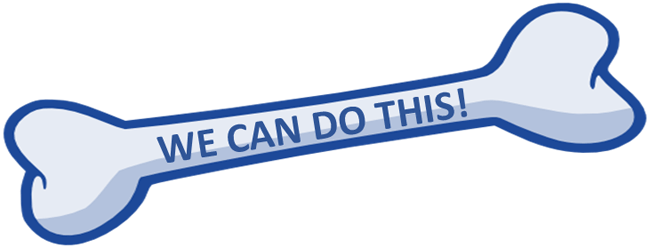As a woman of a certain age, my primary care physician (PCP) ordered a routine bone scan (DEXA test) to gain a baseline reading on bone density. Because the results proved concerning , I’m working on my bone health plan.
I contacted my naturopath and enrolled her participation in efforts to identify the root cause for my bone loss and develop a remediation strategy. While a low level of sex hormones is the most likely cause given my otherwise excellent health, we opted to run a comprehensive series of tests to rule out any other confounding factors. These insights will inform any requirements for medication or nutritional supplements.
Meanwhile, there are a host of lifestyle interventions that support healthy bones, all of which promote overall wellbeing.
First and foremost, eat a healthy diet with 5-9 servings daily of fresh, unprocessed, organic fruits and vegetables. Limit grains to 1-2 servings daily as they are acidic. Get your protein from plant-based sources, grass-fed meat, free range poultry, or wild caught fish… but don’t overdo it. Go easy on dairy and salt; limit consumption of sugar, processed foods, soft drinks, and alcohol. Consume limited amounts of healthy fats (e.g., omega-3 and omega-6) and eliminate unhealthy fats. Drink at least eight 8-ounce glasses of water daily.
Note: While I’ve followed these guidelines for years, I decided to install My Fitness Pal on my phone to track my daily intake. I’ve made some simple adjustments as a result and will continue to use the app.
Second, use nutritional supplements as needed to shore up any deficiencies in essential vitamins and minerals. My diet hits the mark on everything except Vitamin D. As a resident of the Pacific Northwest and member of a family with a history of skin cancer, I’m ill-advised to have my body manufacture this crucial element through unshielded exposure to the sun. Moreover, older adults do not absorb sun well enough to make an adequate supply. So, I’ll take a daily supplement to address this matter.
Third, practice good posture, move safely, and support lifts using leg instead of back muscles. For those with advanced osteoporosis, avoid bending or twisting the spine as those actions can cause microfractures. Use a pillow strategically to avoid twisting while sleeping. Use long-handled tools for gardening and housework.
Fourth, cultivate an active lifestyle within the parameters set by a knowledgeable physician. Stretching prevents injuries and improves agility. Weight-bearing exercises and activities of daily living may stimulate bone growth. Weight lifting builds muscles and bones. Studies have shown the latter to have the greatest impact on bone mineral density. Moreover, a strong body with a keen sense of balance reduces the risk of falling. That being said, exercise must become a regular part of daily living. Gains may reverse rather precipitously should one return to a sedentary lifestyle.
Note: While I’ve been relatively active throughout my life, I’ve decided to step it up. I’m exploring higher intensity aerobic exercise options and working with exercise bands at home for weight training. (The body doesn’t care how resistance is generated so long as it fatigues the muscles!) I’m using a desk riser to vary office work between sitting and standing. And, I’ll try to move about or exercise every hour or so. Every little bit counts!
Fifth, minimize stress. When the body stays on high alert, it shuts down its “building projects” in favor of initiating its fight or flight response. As I’ve detailed elsewhere, it’s not a healthy state of affairs and far from noble to simply “take it.” Look for all the large and small stressors in your life and make a considered effort to reduce them. Meditation and mindfulness may help. (It works for me!)
Sixth, don’t smoke. It creates a whole gamut of health-related risks. Bone health is just one more reason to quit.
Finally, stay positive. Establish goals directed toward improving your bone health. The greater your belief in the treatment protocol, the more likely you’ll stick to the plan and realize its benefits.
For more information, check out The Whole Body Approach to Osteoporosis: How to Improve Bone Strength and Fracture Risk by Dr. R. Keith McCormick.
